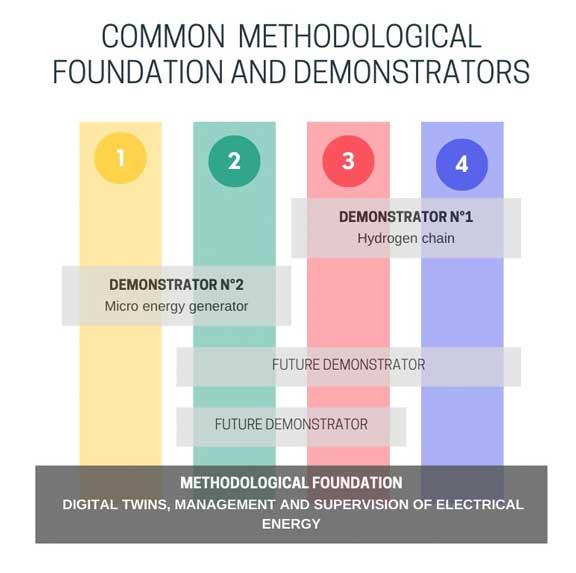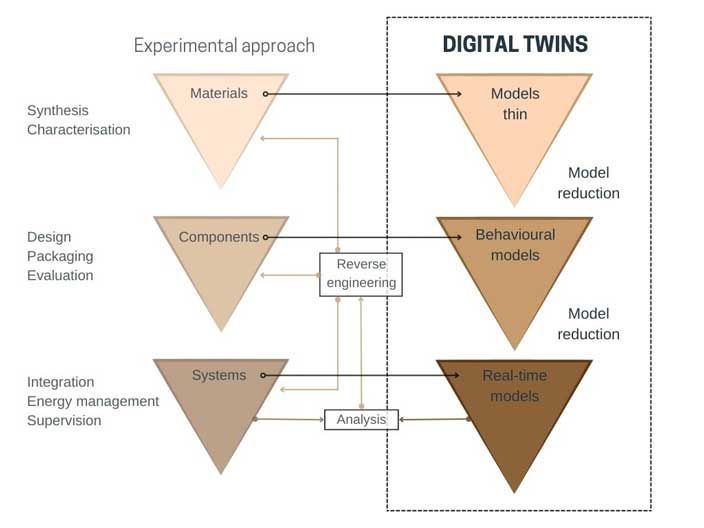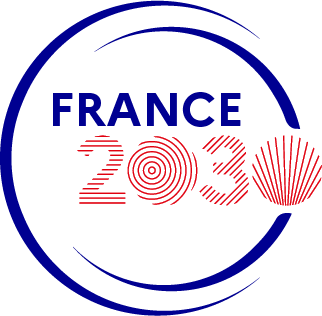 energy COntinuum :from MAterials to SYStems
energy COntinuum :from MAterials to SYStems
Proof of Concept 1 - Hydrogen Chain
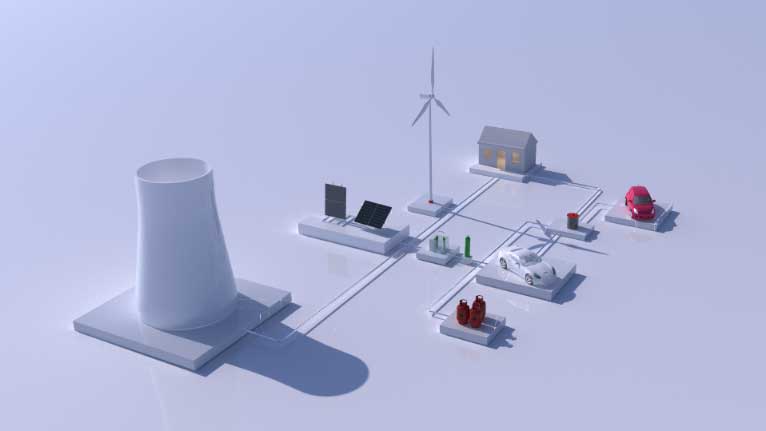 The main goal of this proof of concept is to highlight the technological advances of the COMASYS project in all the stages of green hydrogen production, storage, transformation into electricity, use in an on-board system such as an electric vehicle, energy management and supervision.
The main goal of this proof of concept is to highlight the technological advances of the COMASYS project in all the stages of green hydrogen production, storage, transformation into electricity, use in an on-board system such as an electric vehicle, energy management and supervision.
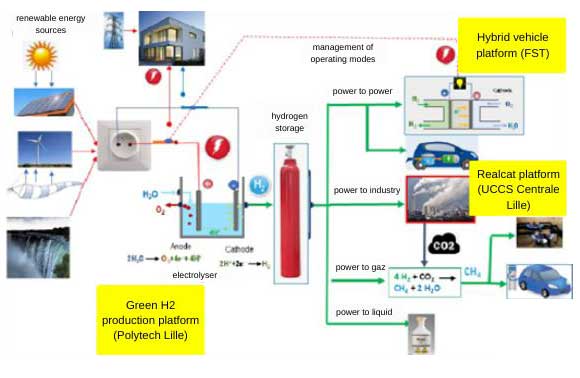 At the end of the chain, the energy management of a vehicle with electric optimization and hybrid sources constitute a lock to be lifted on the point of real-time optimization of the vehicle’s dynamics, but also of its autonomy, and even of its life span.
At the end of the chain, the energy management of a vehicle with electric optimization and hybrid sources constitute a lock to be lifted on the point of real-time optimization of the vehicle’s dynamics, but also of its autonomy, and even of its life span.
This proof of concept takes up the concepts developed within pillar 3 and the methodological foundation. Its purpose is to provide training through research by allowing students to work on projects and internships and will provide material support for theses undertaken.
Proof of concept 2 - Micro Energy Generator
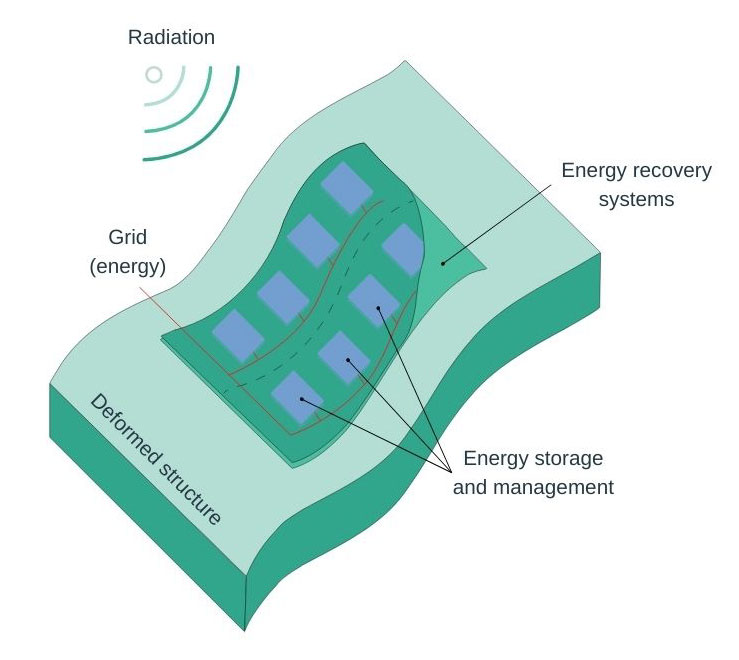 This proof of concept aims to demonstrate the feasibility of multi-source recuperators, i.e. combining at least two energy sources of different origins: energy recovery from electromagnetic waves, from the deformation of a structure or from thermo-electric effects.
This proof of concept aims to demonstrate the feasibility of multi-source recuperators, i.e. combining at least two energy sources of different origins: energy recovery from electromagnetic waves, from the deformation of a structure or from thermo-electric effects.
This is also about integrating the storage device into the system as effectively as possible. In this scenario, a discrete yet distributed storage solution is envisioned to preserve the flexible nature of the micro-generator. The energy management of the whole system then arises, and solutions will have to be found that allows global management of the energy recovered at the level of the recuperator, while imposing local management laws associated with each storage element.
This proof of concept takes up the concepts developed within pillars 1 and 2 and the methodological base. Its purpose is to provide training through research by allowing students to work on projects and internships and to provide material support for theses undertaken.
Methodological foundation : Digital twins, management and supervision of electrical energy
This methodological base, which spans the four pillars of the COMASYS project, is founded on the development of multi-scale modeling tools on one hand, and energy management and process control methods on the other. Energy production systems are complex due to the interaction of various phenomena (thermal, mechanical, electrochemical, electrical, etc.).
The multiphysical nature of such systems necessitates a unified and graphical approach for analysis through dynamic models, as well as for supervision in terms of control, electrical energy management, and operational safety.
The starting point is the observation that the disparity in fields of expertise can be overcome by a common approach aimed at modeling the physical phenomena. This approach is undertaken at currently vastly different scales. The concept of a digital twin (based on simulation) is advocated here, implying the possibility of modeling a complex system by considering, with a chosen degree of precision, the behaviors of all its constituents.
Given the multitude of scales and temporal aspects of phenomena, model reduction methods will need to be applied.
